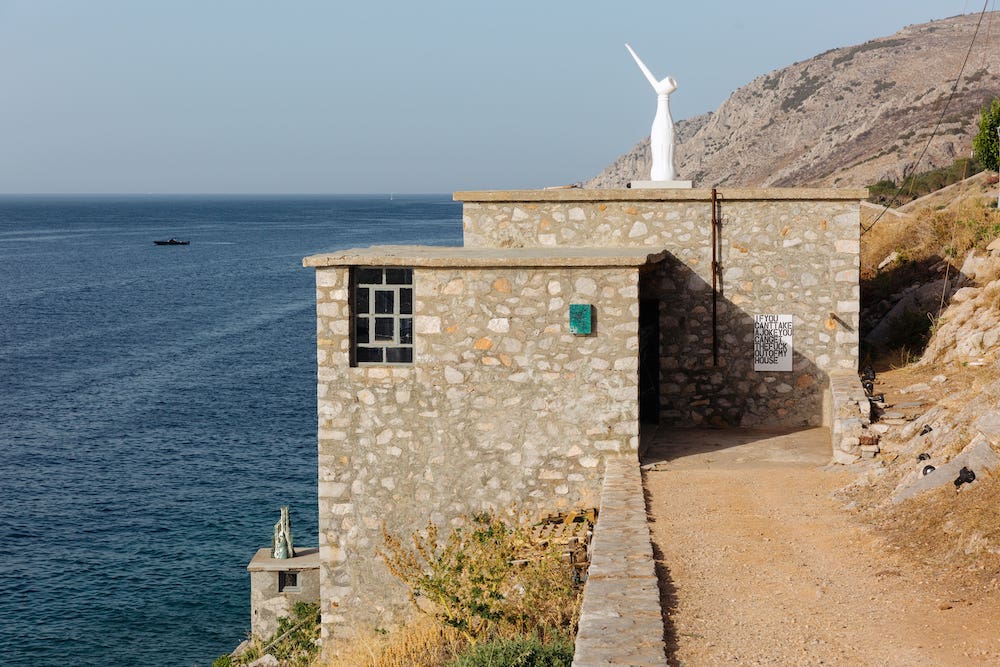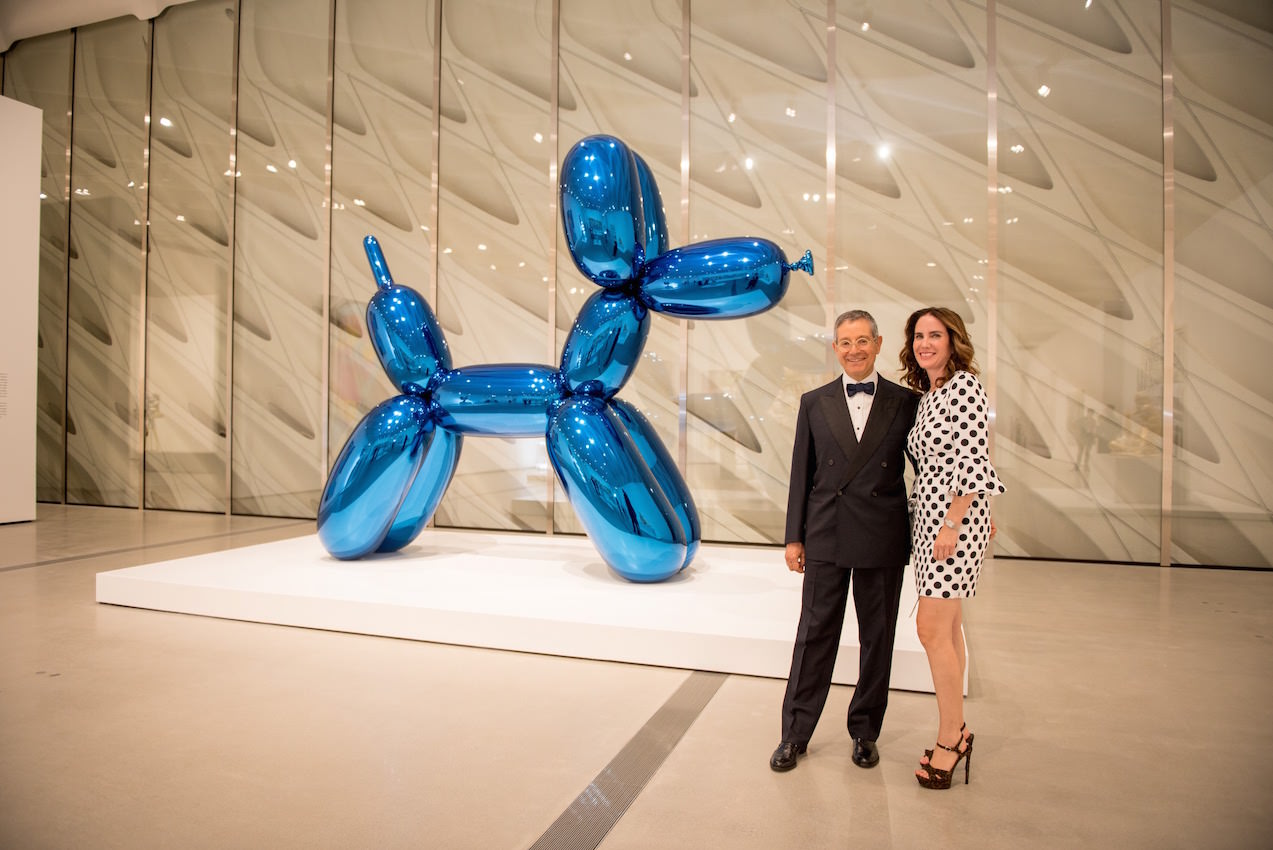Andreas Angelidakis was trained as an architect, but has spent much of his career exploring the architecture of exhibitions and exhibition making, having designed the space for the second Athens Biennale in 2009, and the third Thessaloniki Biennale in 2011. “The System of Objects” is Angelidakis’s latest project, commissioned by the DESTE Foundation of Contemporary Art, founded by collector and art patron Dakis Joannou. Originally conceived by co-curator Maria Cristina Didero as an exhibition of Angelidakis’s work, it was decided that Angelidakis would instead curate a show that attempts to reload Joannou’s renowned collection, thus turning this “group exhibition” into a strange show in which Angelidakis acts as both designer, artist, and curator, all in one.
WHITEWALL: What is the main idea behind “The System of Objects” in terms of this being a portrait of DESTE’s history?
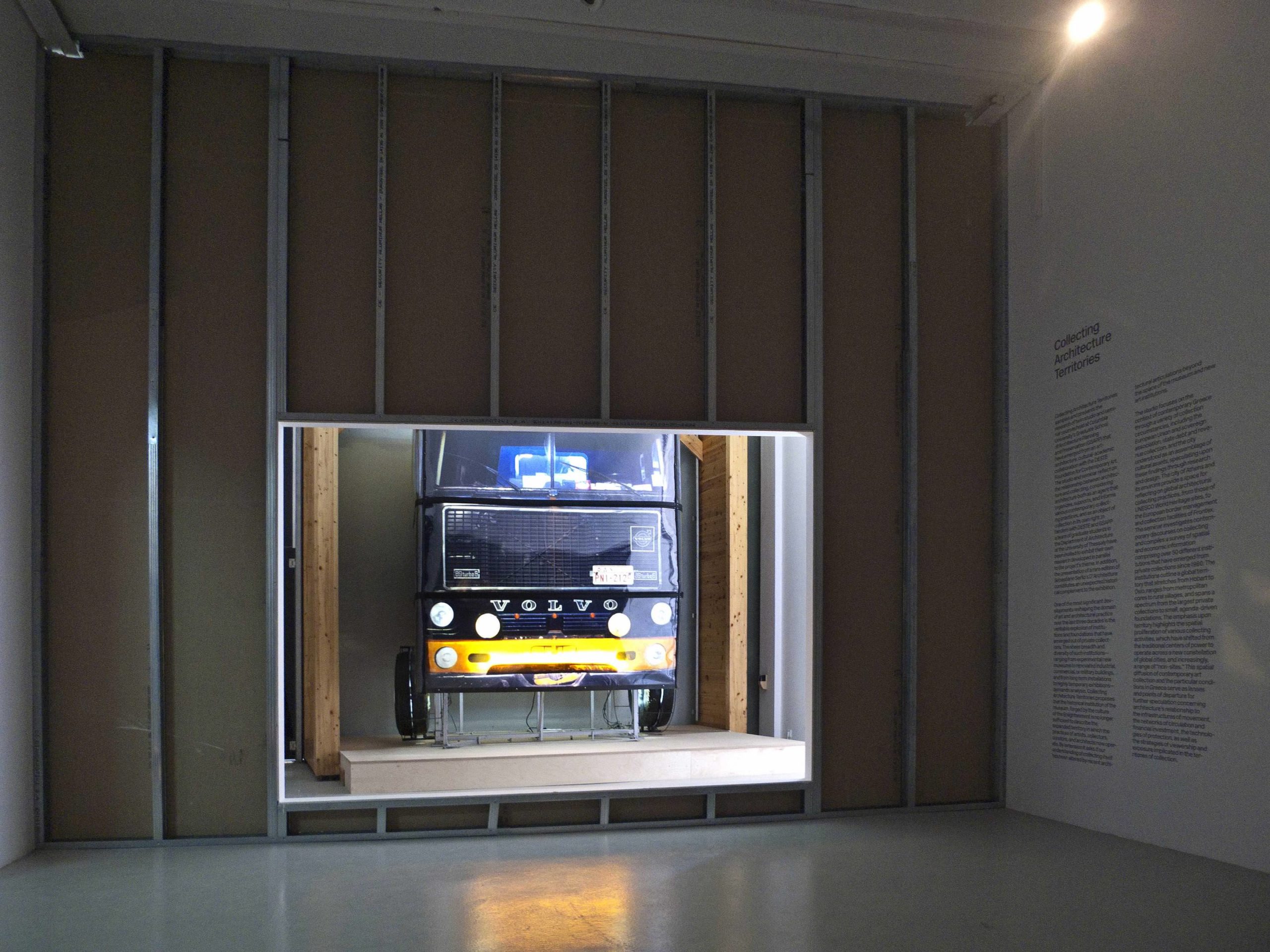
Installation view
ANDREAS ANGELIDAKIS: The central idea was that we would change the way DESTE has been exhibiting the Joannou collection, which related to my practice as, let’s say, a designer of exhibitions. I usually work with a curator to organise or design – though I don’t like “design” as a word – the space for the show.
There are cases when a work is installed in its own room, or you don’t enter the room at all; like those concrete panel rooms where you see each individual work through the window. There are other cases where the viewer is challenged, and they don’t know whether they should enter a room or not.
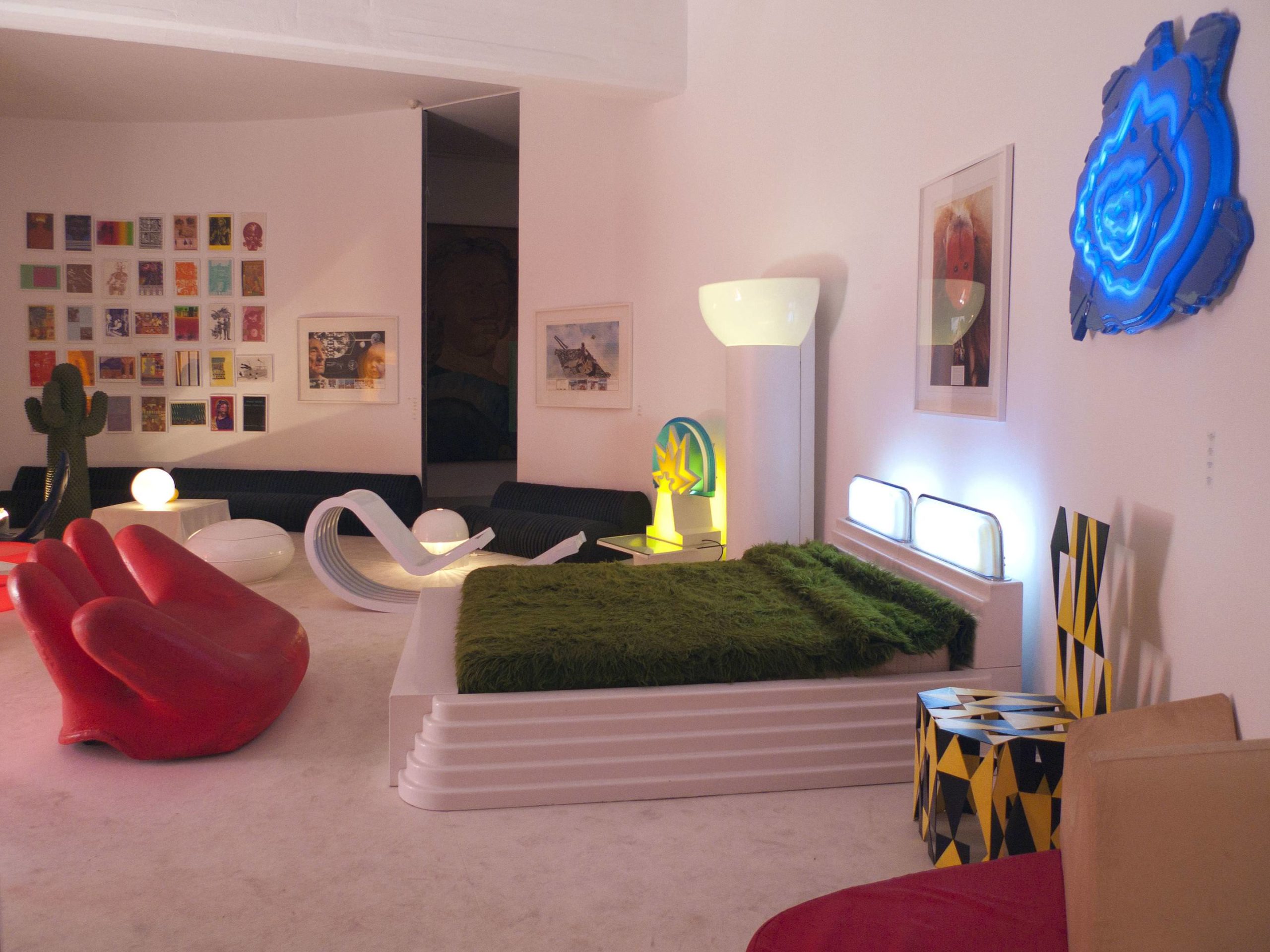
Installation view
In my practice, I work a lot with how one exhibits an artwork and what that does to the artwork and the meaning of it, so we wanted to kind of try that with the collection and then the building.
WW: How have you translated Baudrillard’s The System of Objects in how you worked with the art objects in the DESTE space?
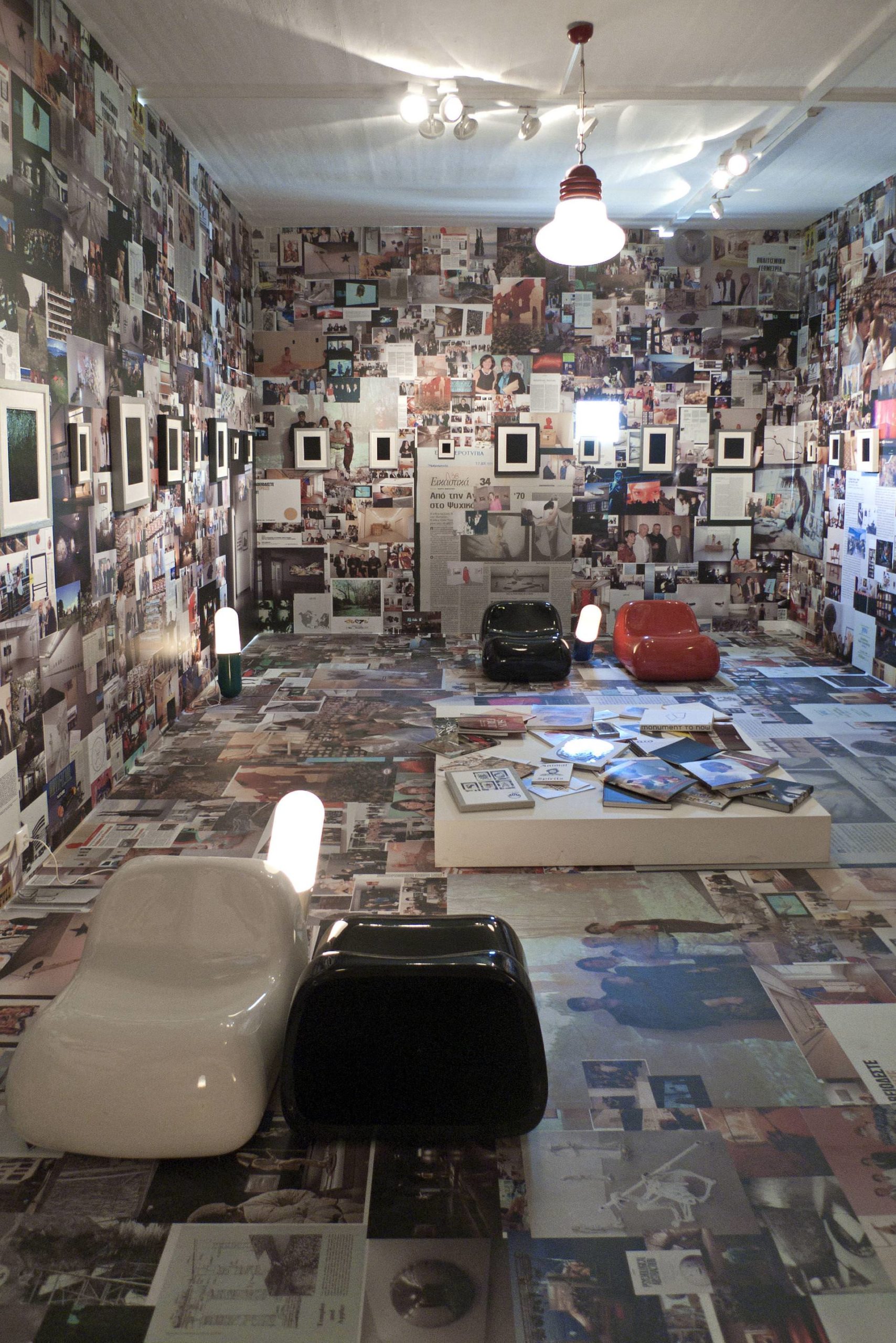
Installation view
AA: I always liked The System of Objects because it casts light on our relationship with the objects we buy and the objects we surround ourselves with. I also really like the title and the title of chapters in the book: each one is inspiring. I like how Baudrillard talks about an antique chair not as a functional object but as a mythological object, for example. So that book functions as a base for the show – it is more like a carpet on which the show developed.
The exhibition combines works from all the collections of Dakis Joannou; all very different to each other. The fashion collection is a collection of curators, because each year a different collector is appointed to select pieces. The furniture collection is a specific period, 1967-1975, called “68.” The Jesus figurine collection is basically variations of the same object, all baroque Jesus figures. The art collection is more personal.
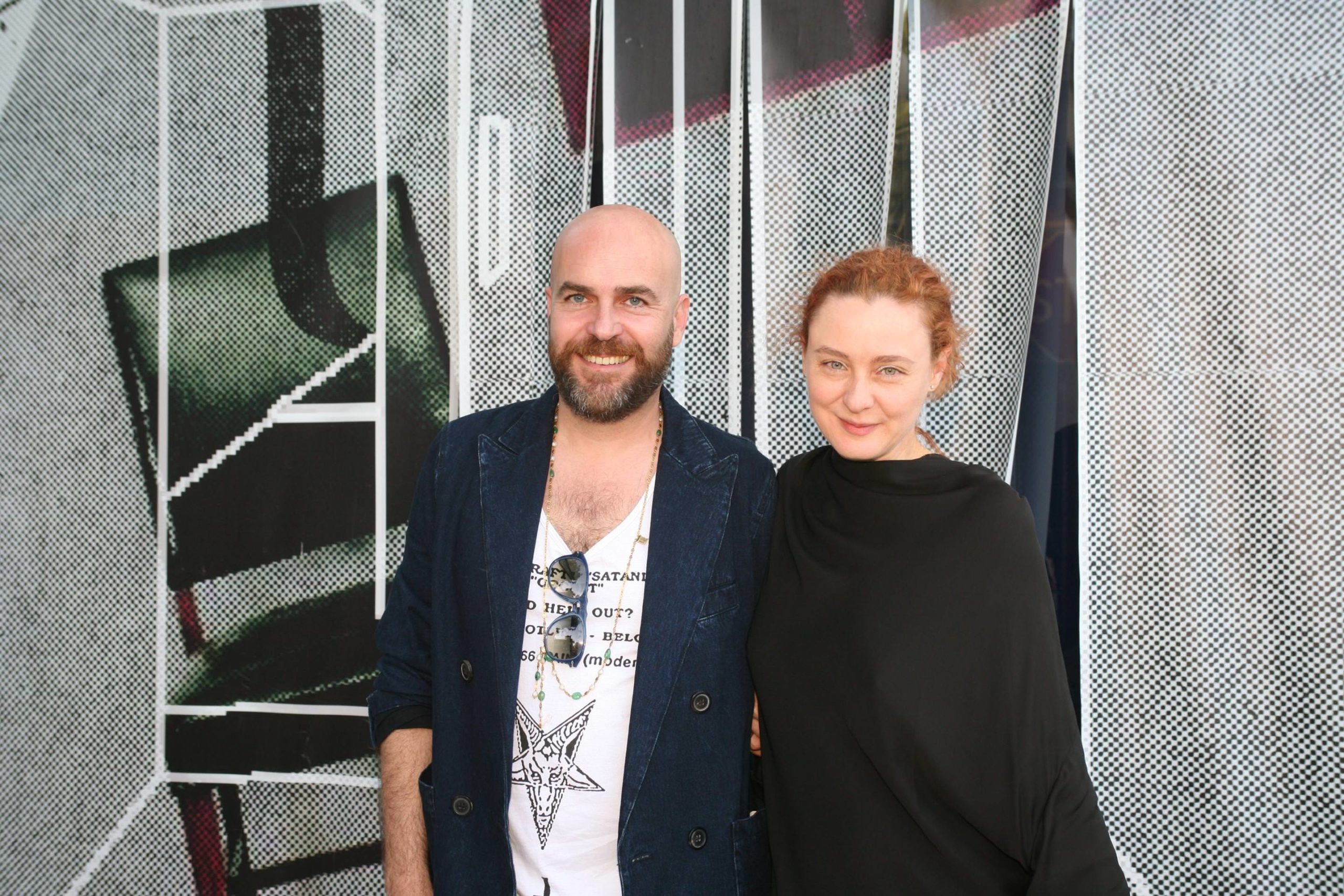
WW: We wanted to go into the “cage rooms” or “ghost rooms,” as you call them, in one section of the show. You had been talking about your interest in exhibition practice and somehow turning it inside out.
AA: We call them cage rooms because the wooden frames present the structure of a room with no wall. I’m really interested in the history of exhibitions in contemporary art, which is really a new field because only now we are starting to understand what were the canonical exhibitions in contemporary art. In my work, I have developed a kind of vocabulary. In fact, this particular room with the wooden cages was a proposal for another exhibition, but the curator didn’t have the nerve to do it. Now, I’m the curator so I can take the risk!
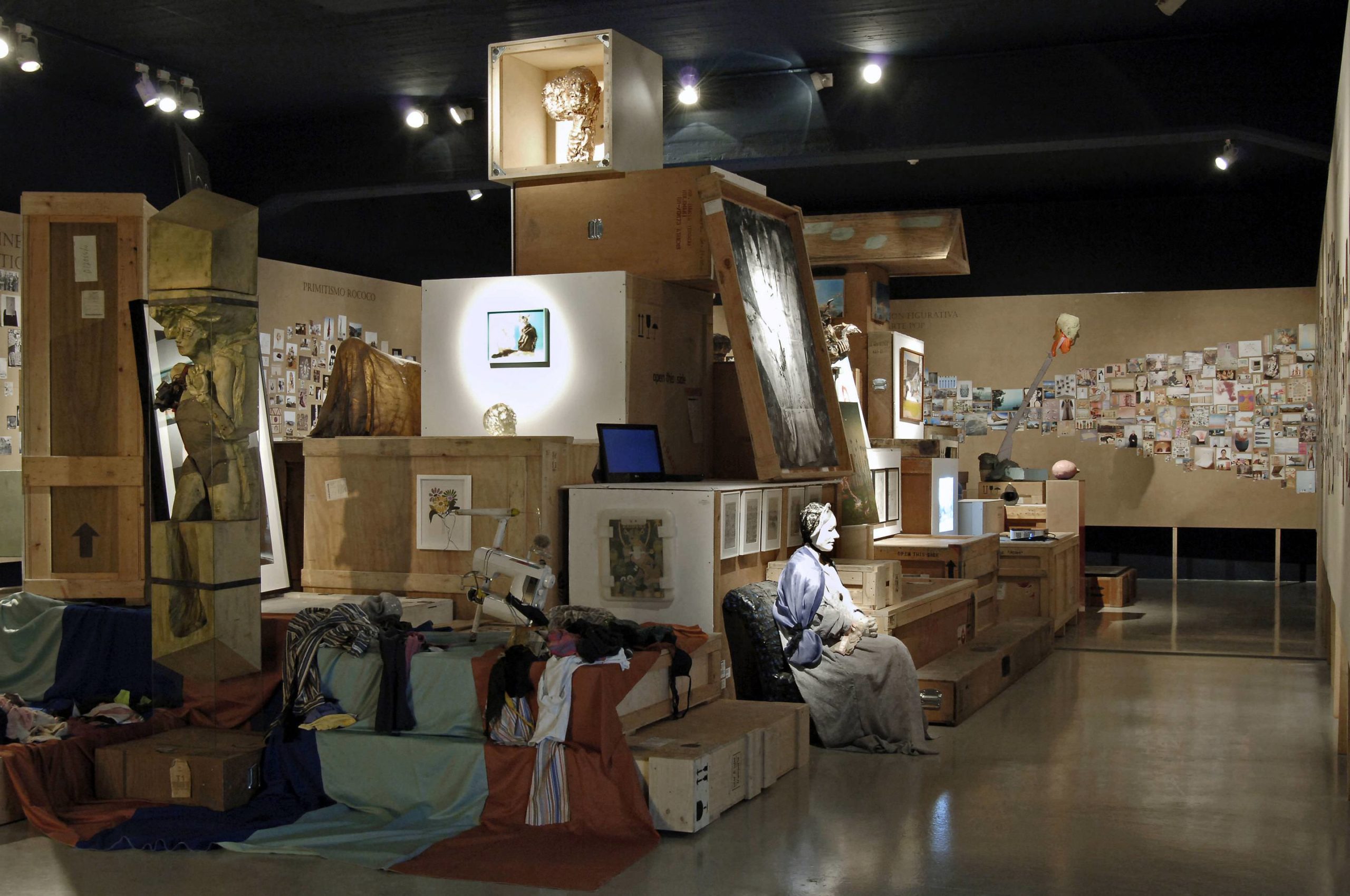
Installation view
WW: You’ve literally turned the “white cube” inside out. You can see the backs of the works…
AA: It’s so fascinating, because you can see where the work was bought, where it was framed. You can also imagine Joannou going to these places and selecting these pieces. Then in the case of Christiana Soulou, you can read the notes that she has left about each piece, which adds to the narrative of the work because these notes are also a kind of manual for all her future drawings.
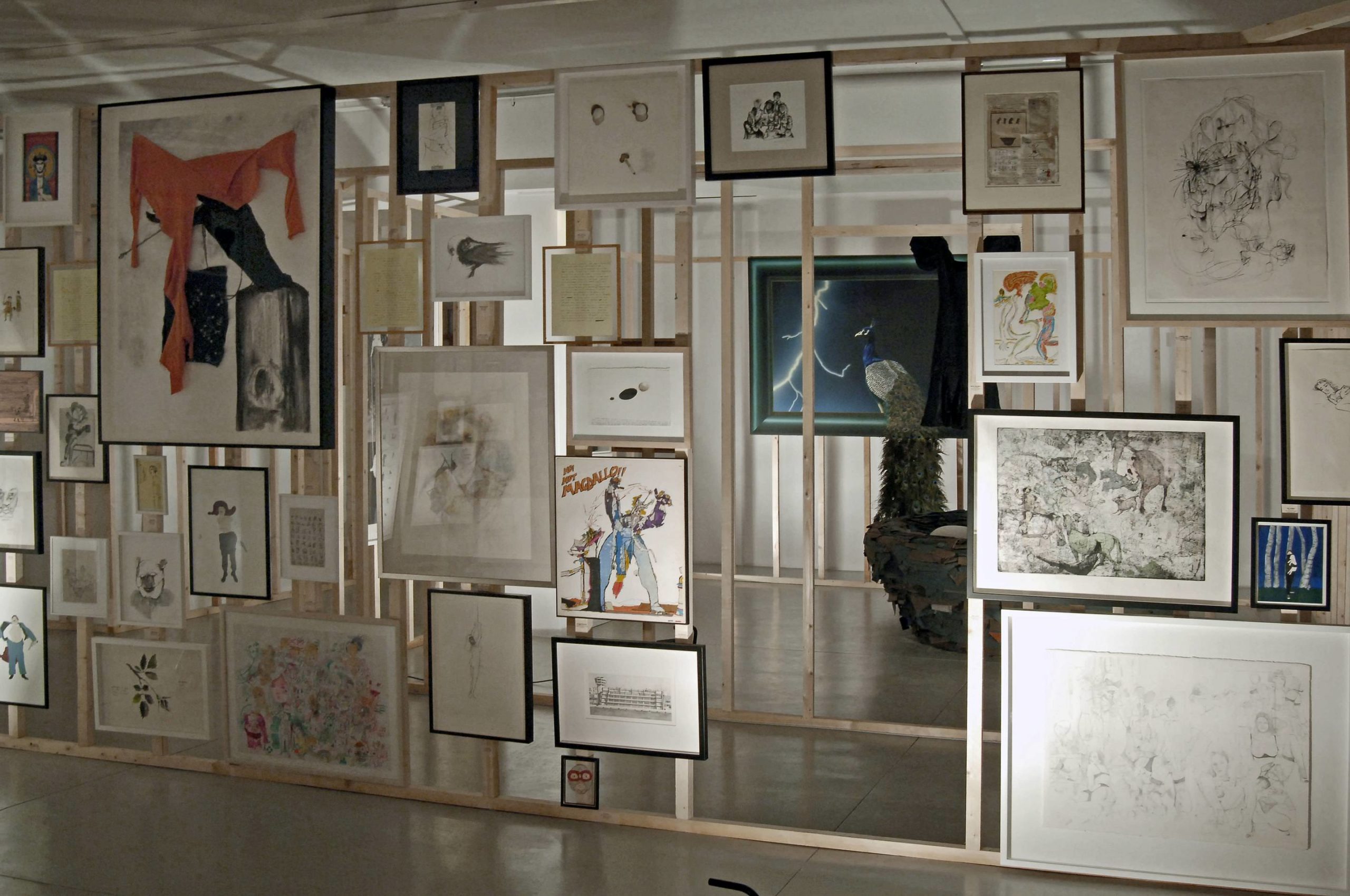
Installation view
WW: What is your opinion on the response from some artists in terms of how the works have been shown? You have appropriated artworks to produce an assemblage of your own making….
AA: Well, it’s not the first time something like this happens. In almost every exhibition I do, I don’t do a regular presentation otherwise people would do it themselves, the standard way. We also played with that. Even artists like Jakub Julian Ziolkowski, who figures in the collection quite strongly, even though we are only showing one piece (a painting of a pile of garbage) he really liked it. And his work is like, on this pile of crates hiding in one corner behind another painting. There are also other paintings of mountains at the top of the crates, the mountain as a kind of burial place, with the collector’s head placed on top of it.
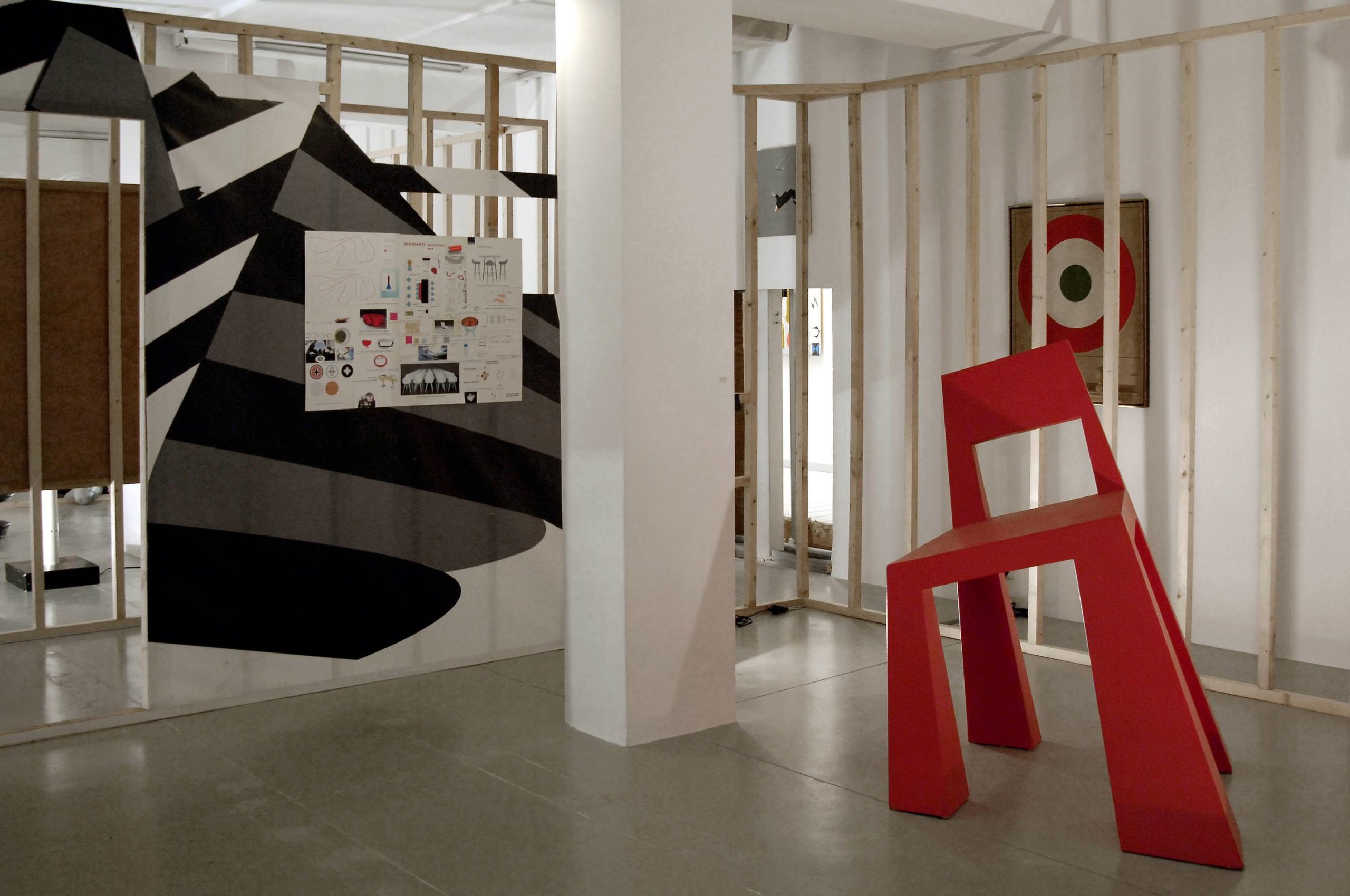
Installation view
WW: How do you position yourself in the context of this exhibition? Are you an artist, an architect, curator, or all of the above?
AA: I guess I am an architect and curator, but the result makes an artist, because the show in a way is a kind of work or a piece. I’m trained as an architect, but even from my student years I was involved in contemporary art. For me, the two are not separate and I think contemporary art allows that mixing.

Installation view
My first exposure to the Joannou collection is “Everything That’s Interesting is New.” And I was lucky enough to see the show before it opened because my friend was taking part, Vanessa Beecroft. She was doing a performance and I had a really good video camera and she asked me to be one of the people to shoot video for her. I was a student at Columbia doing my Master’s at that point, and I went to the show, the opening party, had the whole experience.
Then I began finding out about previous shows, like “Psychological Abstraction,” “Cultural Geometry,” “Artificial Nature,” and “Post Human,” which were in the first period of DESTE, when it was in the House of Cyprus and curated by Jeffrey Deitch. I thought that those exhibitions, with their catalogues, were each a manifesto. And in each one, you could see ideas that were before their time, almost. So that was fascinating to see. And they were very daring and very radical.
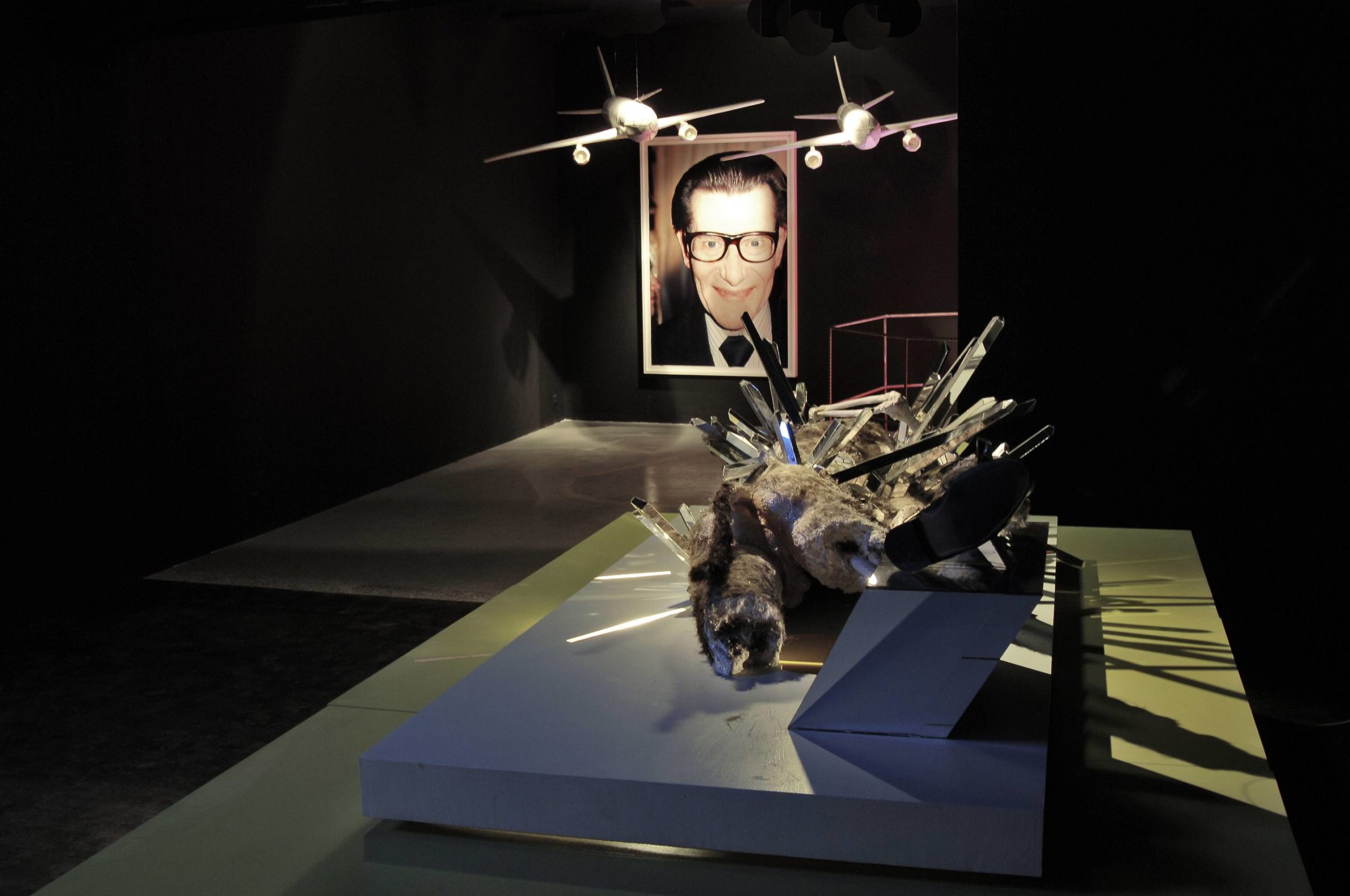
Installation view
WW: How did those shows feed into “The System of Objects?”
AA: For example, the Cypriot antiquities had been shown in “Cultural Geometry.” The catalogue of “Artificial Nature” features a page where it shows a kitten and a duckling and it says “Spiritualizing It”. These are not “works” but I made the two cats by Elad Lassry a central piece in the show, and it is on the cover of the catalogue, too. “Everything That’s Interesting is New,” is also another super-great title by Jenny Holzer. I think all the titles of DESTE have been very crucial because they describe the show…
WW: …or the condition.
AA: Yes, the condition. And you understand when you see it.
Angelidakis will be participating in Paperweight, another exhibition design project at Haus de Kunst in Munich, curated by Felix Burrichter of PINUP magazine. In parallel, and together with Mia Lundstrom and many others, he is taking part in an ongoing project in Sweden, investigating new models for urban development. The project will result in a housing expo guided by a research process and a complex series of urban experiments, workshops, publications and temporary inhabitations. An international list of architects and theorists like Keller Easterling (Yale), Tina di Carlo (AA and AHO), Kazys Varnelis (Columbia), Jorge Otero Palios (Columbia), Fritz Haeg (Edible Estates) Andres Jacques (Office for Political Innovation) and many more will contribute and support the project through the completion and continuing investigation.




